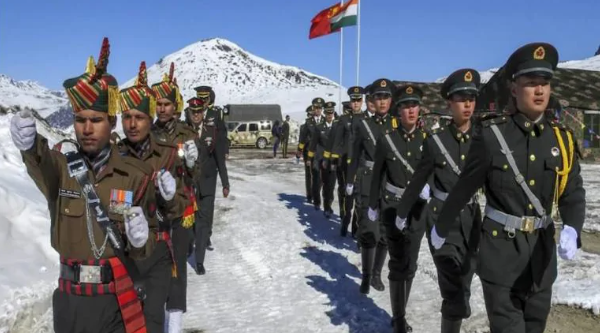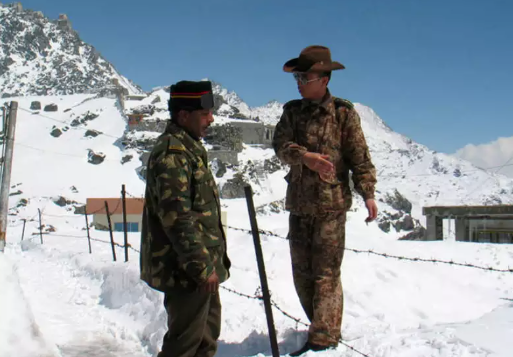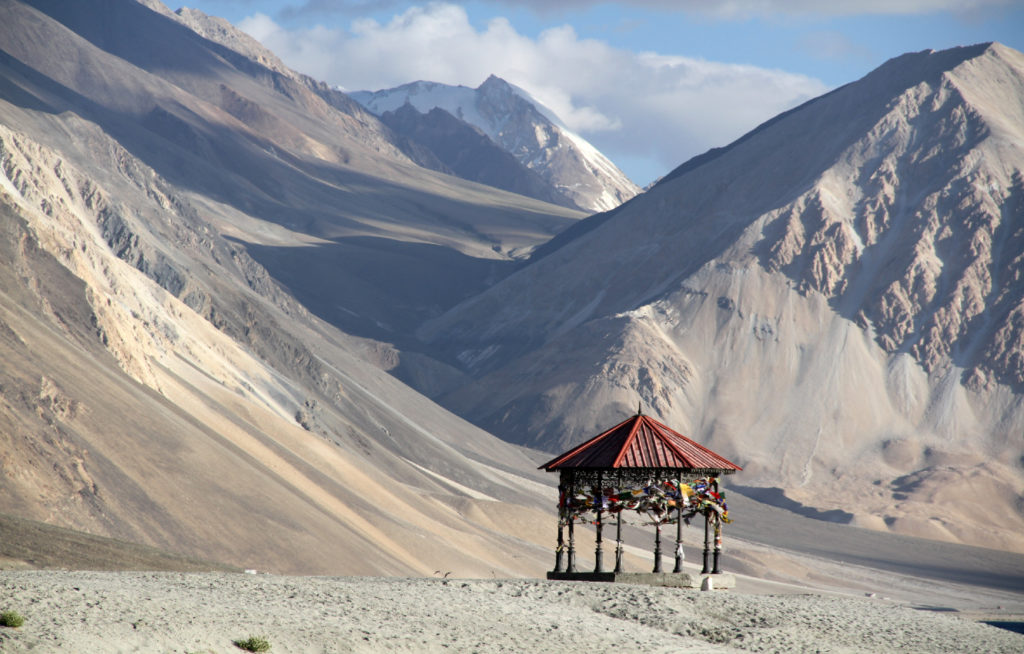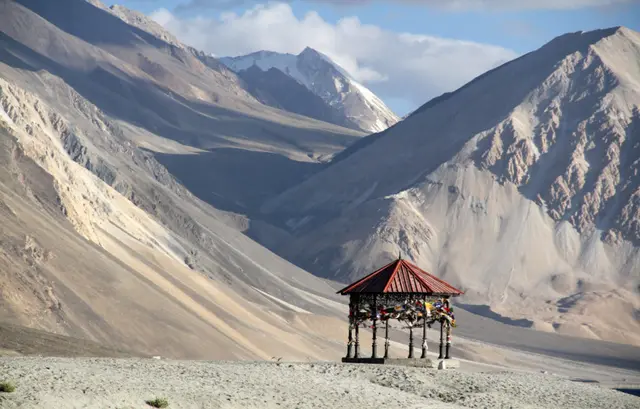By APD writer Imdad Hussain
India and China have a long history of border disputes --- in 2017 both the countries were engaged in a similar stand-off lasting more than two months in Doklam plateau, a tri-junction between India, China and Bhutan.
Their differences have been growing over other areas of policy too as India controversially decided to end Jammu and Kashmir's limited autonomy in August last year, it also redrew the region's map. The new federally-administered Ladakh included Aksai Chin, an area India claims but China controls.
The traditionally peaceful Galwan River has now become a hotspot because it is where the Line of Actual Control is closest to the new road India has built along the Shyok River to Daulet Beg Oldi (DBO) - the most remote and vulnerable area along the LAC along the disputed Himalayan border running along the Ladakh area of Kashmir.

At least 20 Indian soldiers have been killed in clashes between Indian and Chinese troops --- the first fatal clash since 1975 and the most serious since 1967, Beijing accusing India of crossing the border twice and provoking and attacking Chinese personnel as tensions had been escalating since late April.
According to the Chinese military, India is the one which has forced its way into the Galwan valley. So, India is changing the status quo along the LAC - that has angered the Chinese, says Dr Long Xingchun, president of think tank, the Chengdu Institute of World Affairs (CIWA.
Senior leaders of India's Hindu-nationalist BJP government have also been talking about recapturing Pakistan-administered Kashmir where the strategic road, the Karakoram highway, connects China with its long-term ally Pakistan. Beijing has invested around $60bn in Pakistan's infrastructure - China Pakistan Economic corridor (CPEC) - as part of its Belt and Road Initiative and the highway is key to transporting goods to and from the southern Pakistani port of Gwadar --- providing China access to the Arabian Sea.

The basic idea behind the Belt and Road Initiative is all encompassing as China is following the policy of well being for all through international connectivity and the same has become clearer as Beijing has extended all-out help to the countries fighting the deadly pandemic.
On the hand, India, since its inception, has been following hegemonic and expansionist designs --- not caring for any world institutions including the United Nations Security Council as well as the regional organization SAARC while it is never at peace with most of its neighbor including China and Pakistan.
There could be a number of reasons for Sino-India tension but the top most is strategic one as both China and India have a long history of disputes and this time also the same region is center of dispute where they have already fought a war in 1962 wherein China was a clear victor --- in past few years the accelerated construction work by India is considered one of the main causes triggering the dispute.

Experts say since past five years India has been strengthening its border areas as the construction of bridges and air strips has enhanced India’s surveillance capacity while revoking of Jammu and Kashmir’s special status could also be a factor as these are interlinked.
Despite the sporadic border clashes, economic ties between the two have expanded in the past decade, with China exercising a large trade surplus. However, another reason could be economic one as the pandemic has badly affected the world economies like China, US, Europe, Middle East including India and South Asian countries since last five months with hundred and millions of rupees are being spent to counter unemployment and keep the businesses running.

With more than 100 Chinese companies, many of them state-owned, have established offices or operations in India and trade balance against India --- the Indian government took a sudden decision of changing the foreign direct investment rules for the neighboring countries having common borders --- making government permission mandatory for investment in any Indian company, affecting China the most being the top investing country in India.
And thirdly, though insignificant, India backing the US move to hold China allegedly responsible for hiding information regarding Covid-19 added with the previous two could also have flared up the tension.
There may be other factors too but the conflict has enormous geopolitical consequences for the world --- China and India are the two most populous nations on earth, both being nuclear powers --- and pandemic forcing new alignments in the changed scenario.
(ASIA PACIFIC DAILY)
 简体中文
简体中文

